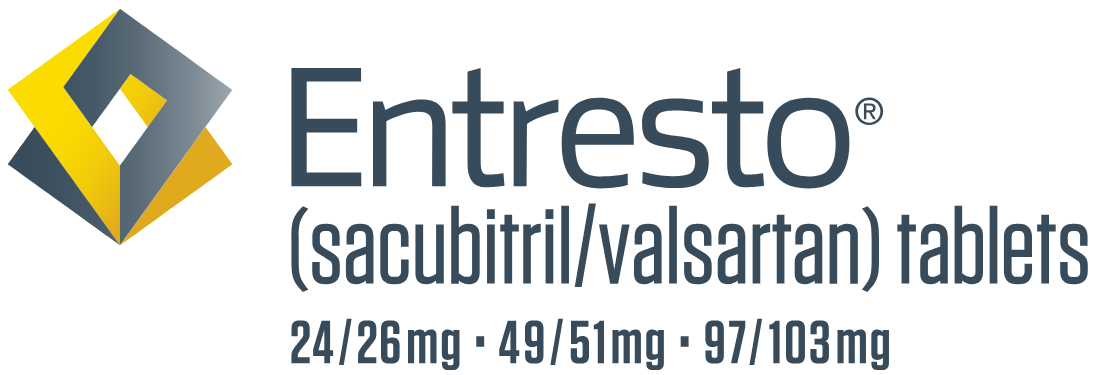
In most patients with HF, help HEART FAILURE MEET HEART SUCCESS1
Start ENTRESTO® to help reduce the risk of CV death and HF hospitalization
*In PARAGON-HF, defined as LVEF ≥45% with structural heart disease (LAE or LVH); median LVEF was 57%. LVEF is a variable measure and the normal range can vary.1
†In the 2022 AHA/ACC/HFSA HF Guideline, ENTRESTO is recommended as a first-line treatment and to replace well-tolerated ACEi/ARB in patients with NYHA Class II–III HFrEF (Class 1 recommendation). ENTRESTO was also included as a treatment option for HFmrEF (LVEF 41%–49%) and select patients with HFpEF (LVEF ≥50%), particularly for patients with LVEF on the lower end of the spectrum (Class 2b recommendation).
